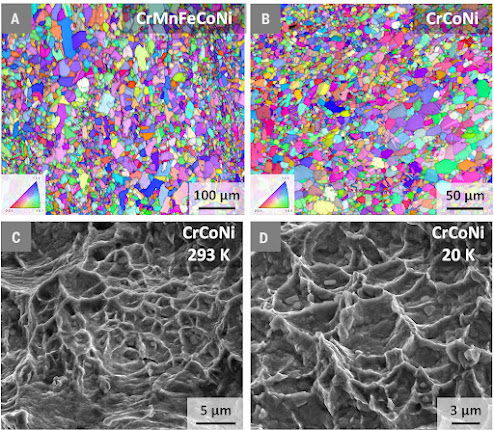.jpg) |
| It was only around three years ago that a cell culture model was developed that can be used to examine hepatitis E exactly in the laboratory. Photo Credit: RUB, Marquar |
A certain surface protein is important for the cell entry of the hepatitis E virus. Medicines can suppress it.
Although hepatitis E is a common disease, little is known about the life cycle of the virus. A team from Molecular and Medical Virology at the Ruhr University Bochum and Carl von Ossietzky University Oldenburg reports on initial findings on how he manages to infect cells in the journal Hepatology from 7. February 2023. A protein called EGFR, short for Epidermal Growth Factor Receptor, plays a decisive role in the penetration of virus particles into cells. This finding could open up new treatment routes for hepatitis E. Because there are already approved drugs against EGFR that inhibit the activity of this receptor.
Cell culture model makes investigations possible
One of the reasons why hepatitis E has been researched comparatively little is that it was only around three years ago in Bochum and Hanover a robust cell culture model has been developed for its investigation is. Using this model, the researchers were now able to investigate how the virus manages to infect cells.
"With medication, we suppressed the activity of the EGFR protein at the time the virus entered some cell lines," explains first author Jil Alexandra Schrader. “With these cultures, we could see that there were significantly fewer infected cells." The researchers used cell cultures as a cross-check, in which the co-receptor was produced in excess. In this case, there were more infections than untreated cells.

.jpg)
.jpg)







_MoreDetail-v3_x2_1600x800.jpg)




.jpg)
